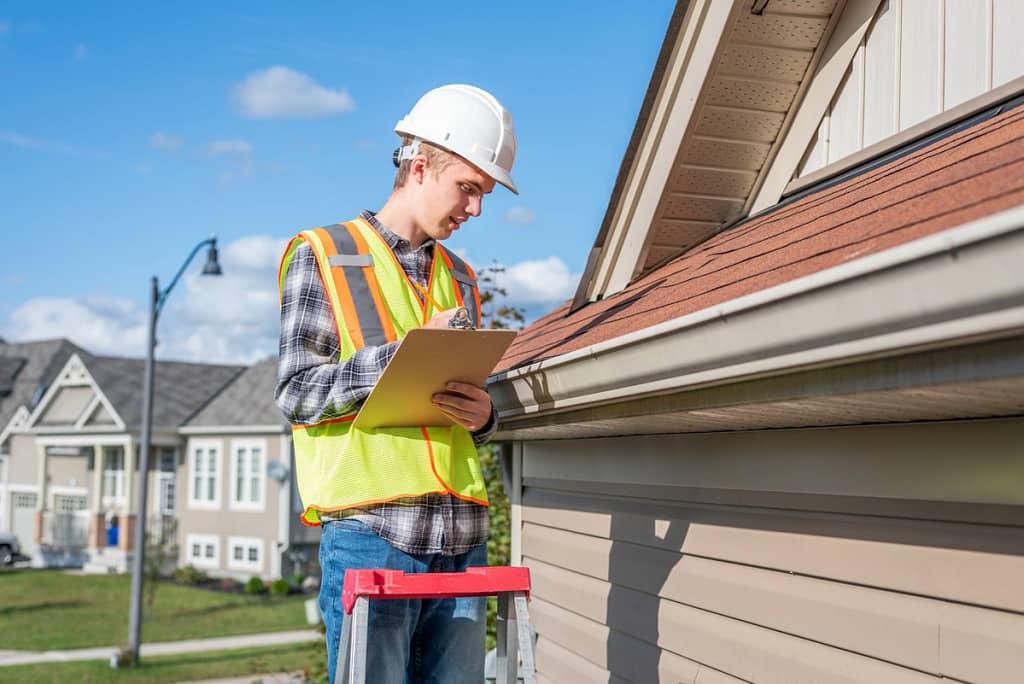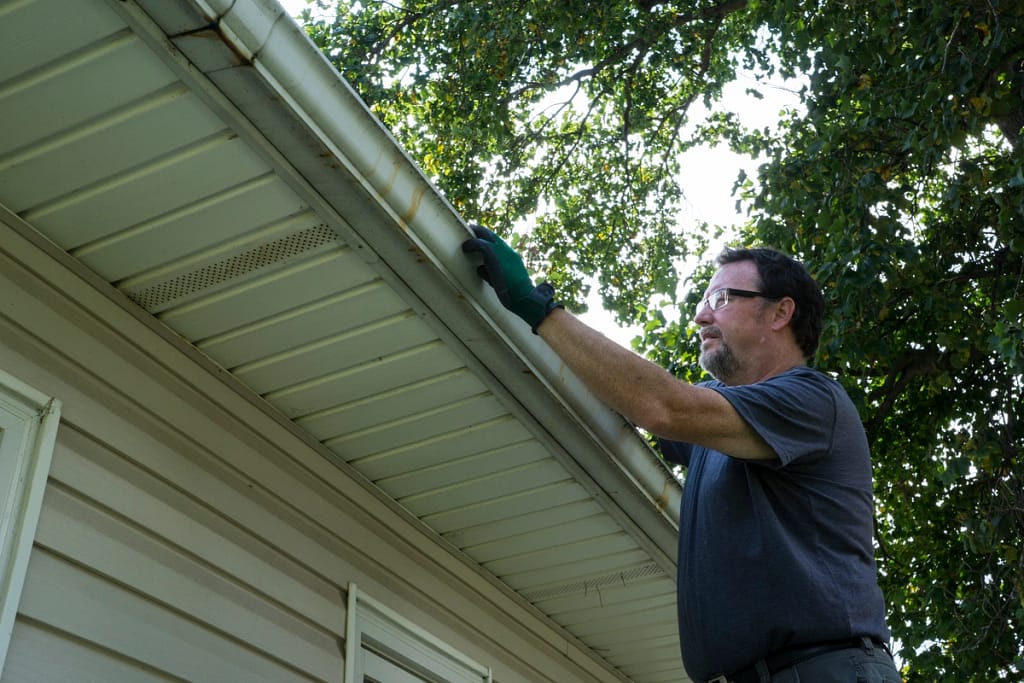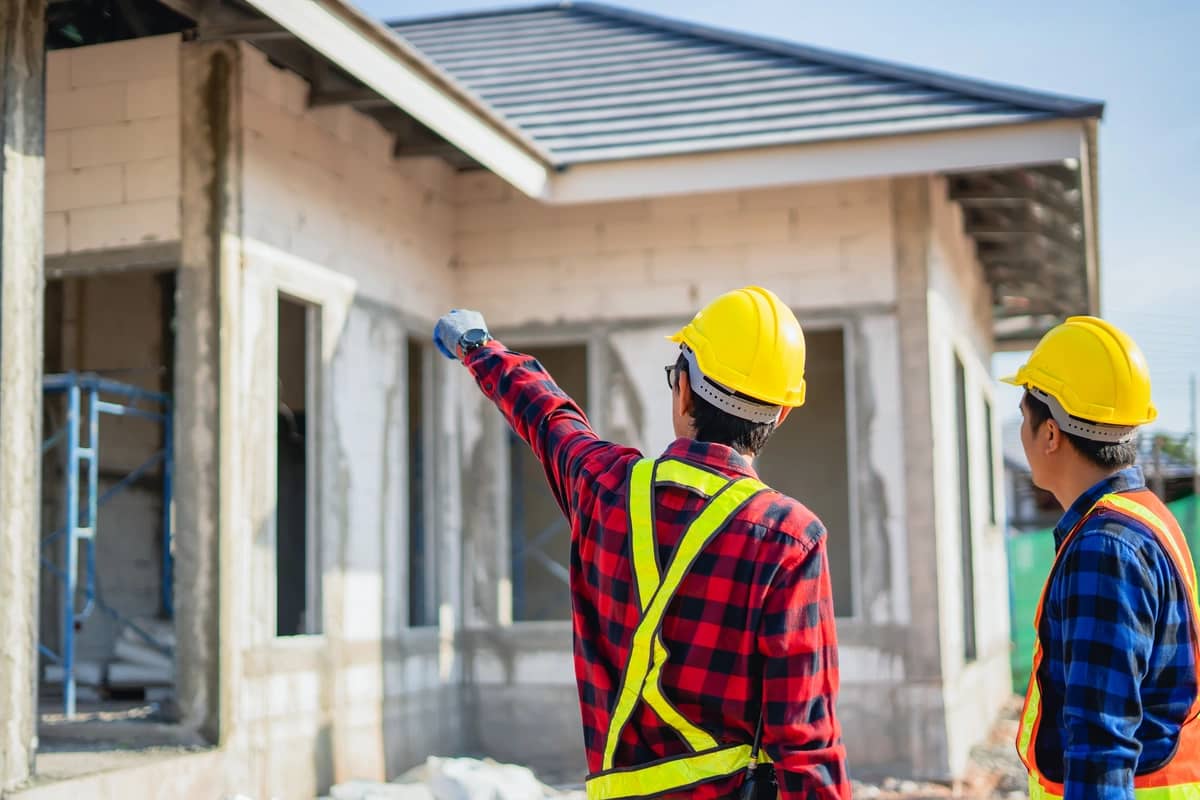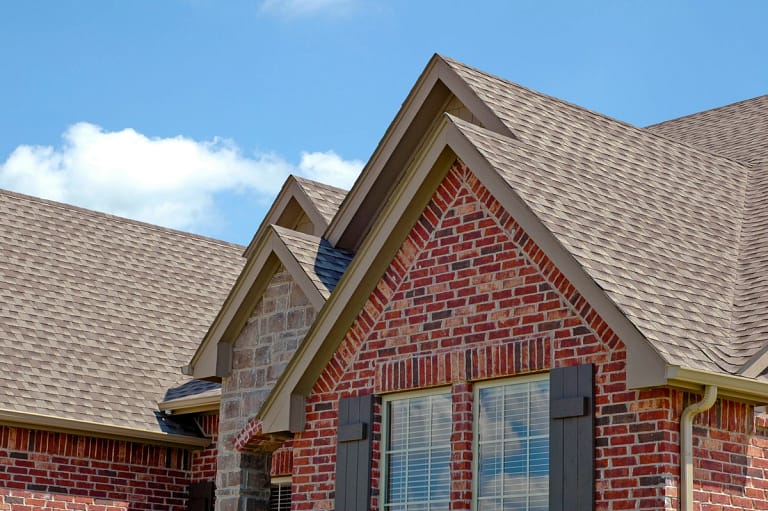Roof inspections are an integral part of preventative maintenance for all homeowners. If you don’t take the time to inspect the condition of your roofing system every so often, you could end up missing the early warning signs of damage that could lead to more severe and costly damage down the road.
While it’s recommended that you have a professional roofing contractor come out and perform a yearly inspection, it’s also something you can do on your own if you’re willing and able. All you have to do is follow our roof inspection checklist below.
The Importance of Roof Inspections

Regular roof inspections are necessary to find any damage or weaknesses that can lead to extensive repairs in the future. For example, holes in your roof’s membrane will eventually allow enough water into the roof system to cause a leak indoors. The same can happen from improperly installed or damaged flashing.
Any number of roof damages left unattended can cause structural damage to the rest of your home. What’s more, some roofing system warranties cannot be fulfilled without having annual inspections conducted. Therefore, if you have a roof that’s still under warranty, not having it inspected annually could void the manufacturer’s warranty if there’s significant damage.
The Homeowner’s Roof Inspection Checklist
While conducting your own roof inspection is outside of the parameters of the typical manufacturer’s warranty, it’s still important to understand how to conduct one yourself. That way, you can catch any issues that crop up before it becomes too late.
As a homeowner, your roof inspection checklist should begin with the type of damages or issues you should be looking for. This would include:
- Cracked or deteriorating caulking
- Rusted flashing
- Rusty or exposed nails
- Broken, curled, or missing shingles
- Missing granules (this only applies to asphalt shingles and composite shingles)
- Cracked or worn rubber boots surrounding vent pipes
- A damaged or missing chimney cap
- Moss, mold, blue, black or green algae, or lichen growth.
- Piles of colored grit and granules from asphalt or composite shingles in the gutters
- Wrinkled or cracked roof valleys
- Roof valleys that have holes
- A large accumulation of dirt and debris
- Pooling water in one or more areas
All of the above are signs of damage or potential damage that professional roofing contractors look for when they climb up on your roof. As a homeowner, it’s important to become familiar with the components of a roof, such as the valleys, shingles, granules, flashing, and so on, so you know exactly what you’re looking at throughout the inspection process.
How to Perform a Roof Inspection on Your Own

It should be noted that a regular roof inspection requires more than getting out an extension ladder and climbing to the top of your roof. It also requires that you inspect other areas of your home to ensure that your roof and its connected areas are safe enough for you and your family to continue living and sleeping under.
It should also be noted that no roofing professional recommends that inexperienced homeowners climb up on their roofs and walk around. It can be very dangerous — for both you and your roof. Fortunately, you won’t be required to spend all of your time up there, should you choose to carry out that part of the inspection.
Now, let’s dive into the right way to perform a roof inspection:
Start With the Inside of Your Roof
For the first part of the physical roof inspection, you’ll want to take a look at the ceilings and walls of your home’s top level. This would include your attack or access space as well as the top floors (second and third, if applicable).
Throughout this part of the inspection, you’ll be looking for:
- Dark spots or circles
- Leaks
- Yellowish or brown water stains on the walls and floors
- Mold growth
- Sagging in the ceiling
- Decking in the attack
- Light coming through attic rafters
- Obstructions of roof ventilation
Even if you don’t see dripping at the time of your inspection, any spots or stains are signs that there’s a leak somewhere. No matter how minor the sign may seem, you’ll want to call your local roofing contractor right away for a proper inspection to determine the next steps.
Inspect the Outside of Your Roof From the Ground Up

Before reaching for the ladder, you’ll need to do an inspection outside, starting from the ground. You’ll want to take a walk around your entire home to look for any noticeable damage to the eaves, soffits, and gutters attached to your roof.
You’ll also want to look at your home’s sidings just below the roof and take a step back to see if the roof line is sagging. From this standpoint, you’ll also be able to see if there’s significant wear and tear on your shingles.
Here’s what to look for specifically:
- Missing or bent gutters
- Damaged eaves and soffits
- Shingles that appear to be loose, swaying or flapping
- Curled or cracked shingles
- Missing shingles
- A sagging roofline
- Moss, algae, or lichen growth
- Large amongst of debris or objects
This type of inspection is especially important after a severe storm or weather event. Oftentimes it only takes high winds and flying objects to cause damage to your roof.
Now Inspect Your Roof From the Top
The last part of the inspection involves finally climbing to the top of your roof. However, you don’t have to do this if you don’t feel comfortable and have already noticed damage from your ground inspection — which is enough to schedule a roofer to come out without proceeding further.
If you choose to climb up to your roof, however, it is strongly advised that you take the necessary safety precautions. This includes using safety harnesses and having someone else on standby to hold the ladder steady and call emergency services in case there’s an accident.
There are three major components you’ll want to look at while you’re up there:
- The first thing you’ll want to take a look at while you’re up there are your gutters. If you notice that there’s a clog, take a closer look for shingle granules or torn pieces of shingles. Deteriorating shingles are a good indicator that your roof is nearing its end.
- The second component you’ll want to examine is your flashing. Roof flashing is designed to protect the transition areas of your roof, including valleys, chimneys, and skylights. Damaged or rusted flashing usually means that moisture is seeping through your shingles and into the structural parts of your home.
- Lastly, you’ll want to inspect the rubber seals around your roof pipes and boots. Look for signs of wear and tear as well as animal activity, such as nests, bite marks, and scratches. Inspect your chimney for the same type of damage.
Here’s your rooftop inspection checklist in a nutshell:
- Deteriorating, broken or loose shingles
- Missing shingles
- Clogged gutters
- Damaged or rusted flashing
- Damaged seals and boots
- Mold, lichen, algae, and other signs of rot
- Animal activity
- Chimney damage
- Wear and tear on roof valleys
When to Call the Roofing Professionals

Once you get used to the process, it’ll be easier to inspect your roof on your own. However, only an experienced and skilled professional can assess your roof’s damage and determine whether a repair or complete replacement is in order. Additionally, they’ll be able to spot the damages that you can’t.
We think it’s best to leave your annual roof inspection up to the professionals, like Best Exteriors. Call us today to book your free inspection and to learn more about our roofing services!




